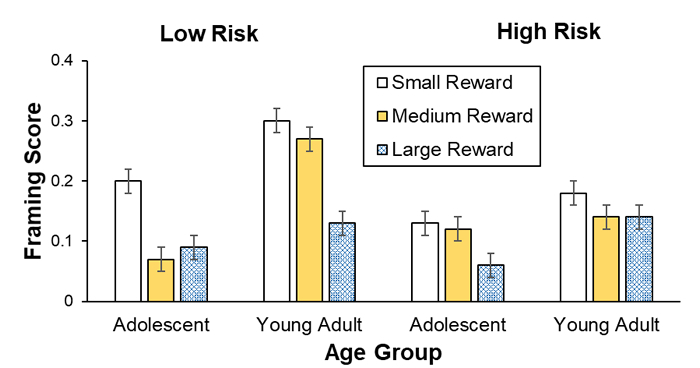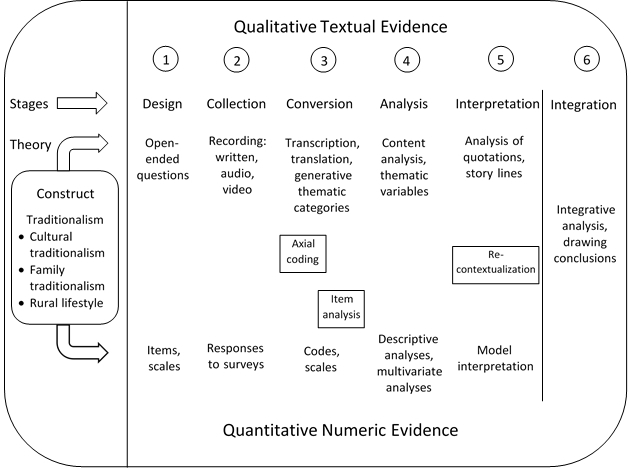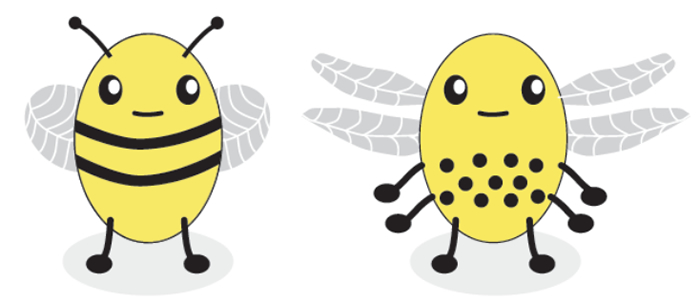
These sample figures illustrate how to set up figures in APA Style. Note that any kind of visual display that is not a table is considered a figure.
There many ways to make a figure, and the samples shown on this page represent only some of the possibilities. The samples show the following options:
Use these links to go directly to the sample figures:
These sample figures are also available as a downloadable Word file (DOCX, 37KB) . For more sample figures, see the Publication Manual as well as published articles in your field.
Sample figures are covered in the seventh edition APA Style manuals in the Publication Manual Section 7.36 and the Concise Guide Section 7.32
This guidance has been expanded from the 6th edition.
Figure 1
Framing Scores for Different Reward Sizes

Note. Framing scores of adolescents and young adults are shown for low and high risks and for small, medium, and large rewards (error bars show standard errors).
Figure 3
Mean Regression Slopes in Experiment 1
 for four conditions in the experiment." width="" height="" />
for four conditions in the experiment." width="" height="" />
Note. Mean regression slopes in Experiment 1 are shown for the stereo motion, biocularly viewed monocular motion, combined, and monocularly viewed monocular motion conditions, plotted by rotation amount. Error bars represent standard errors. From “Large Continuous Perspective Change With Noncoplanar Points Enables Accurate Slant Perception,” by X. M. Wang, M. Lind, and G. P. Bingham, 2018, Journal of Experimental Psychology: Human Perception and Performance, 44(10), p. 1513 (https://doi.org/10.1037/xhp0000553). Copyright 2018 by the American Psychological Association.
Figure 2
CONSORT Flowchart of Participants

Figure 1
Path Analysis Model of Associations Between ASMC and Body-Related Constructs

Note. The path analysis shows associations between ASMC and endogenous body-related variables (body esteem, body comparison, and body surveillance), controlling for time spent on social media. Coefficients presented are standardized linear regression coefficients.
*** p < .001.
Figure 1
Organizational Framework for Racial Microaggressions in the Workplace

Figure 1
A Multistage Paradigm for Integrative Mixed Methods Research

Figure 4
Examples of Stimuli Used in Experiment 1

Note. Stimuli were computer-generated cartoon bees that varied on four binary dimensions, for a total of 16 unique stimuli. They had two or six legs, a striped or spotted body, single or double wings, and antennae or no antennae. The two stimuli shown here demonstrate the use of opposite values on all four binary dimensions.
Figure 1
Poverty Rate in the United States, 2017